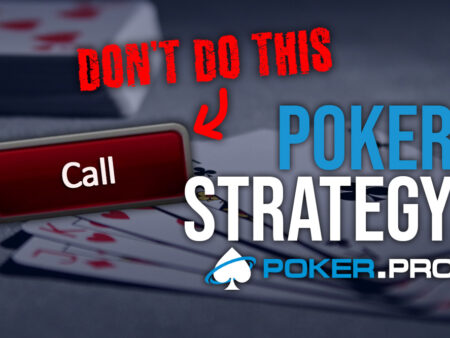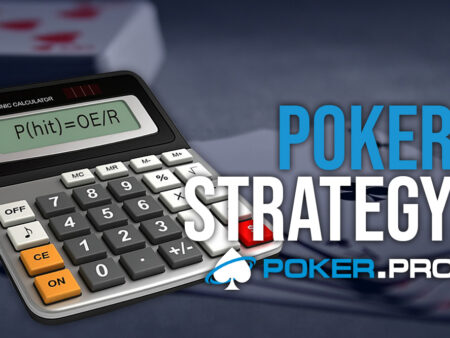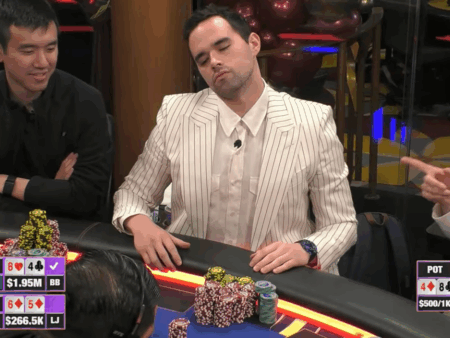
Solvers generally don’t like low suited gappers, but these hands have a good tactical value and as such should be given more consideration when you are looking to add layers to your game. But before I get torn down for proposing this, let me quickly address when not to play low suited gappers, which is in early position. This is because they are speculative hands that heavily rely on favourable flops, and they often, at best, make second-best pair or weak draws, and early position is the worst place to play them.
With that out of the way, let’s look at when, why, and how.
- Deep Stacked (100bb+), Late Position. They can hit disguised straights and flushes, and win big pots against top pair hands.
- Tight Table or Image Play. Occasionally mixing in a hand like 7♠5♠ at a passive, predictable table can disguise your strong hands, but this should be rare.
Pre-Flop Strategy (Late Position)
- When It’s Folded to You – Open-raise: These hands are decent openers on the button and occasionally from the cutoff. Use a 2.5x BB raise to apply pressure and play your position. Raising allows you to take the blinds or build a pot where you can bluff or semi-bluff post-flop.
- When Facing a Raise – Versus tight EP/MP opens: Fold. You don’t have the pot odds or implied odds unless stacks are deep. Versus loose players: Occasionally flat-call on the button with hands like 6♠4♠ if stacks are 100bb+ and the opener is likely to stack off when you hit hard.
- Facing Multiple Calls (Multi-way Pot Potential): This is my favourite spot to play these hands. You can overcall with suited gappers if you’re closing the action and the pot is getting big pre-flop. The more players, the better your implied odds if you hit a disguised straight or flush.
Post-Flop Strategy
- You Flop Strong (Straight, Flush, 2 Pair+): Play for value – these hands are hard for others to put you on, and you can win big pots.
- You Flop a Draw (Open-ended, Flush, Combo): Semi-bluff aggressively in position – use your positional advantage to pressure weak hands. Look for fold equity + equity makes this a profitable bluff spot.
- You Flop Weak Pair or Nothing: Check/fold unless you can pick up equity (backdoor straight + flush) and bluff later streets.
Let’s look at a hand example in a $1/$2 NLHE cash game (9-handed)
Hero hand (BTN): 7♥5♥
Action: UTG limps ($2), MP1 limps ($2), CO limps ($2), Hero calls $2, SB folds, BB checks. Pot $10.
The Flop: 9♥6♥4♦ gives you an open-ended straight flush draw.
Post-flop action: BB checks, UTG bets $5, MP1 calls $5, CO calls $5, Hero calls $5, giving Hero fantastic pot odds for a combo draw. BB folds. Current pot $30.
Turn is 8♠, giving Hero the nut straight. UTG bets $15, MP1 raises to $50, suggesting a strong hand or two pair. CO folds, Hero re-raises to $130 to charge flush draws and sets. UTG folds, MP1 tanks, then calls. Pot is $305.
River 2♥, Board: 9♥6♥4♦8♠2♥. Hero now has a straight + flush, making their hand even stronger against sets or two pair.
MP1 checks, Hero shoves all-in for $220 remaining, MP1 calls.
Showdown: Hero 7♥5♥ (flush, with straight), MP1: 9♠8♦ (top pair turned into two pair, plus missed straight draw). Hero scoops $745 pot.
To sum up, low gappers should be considered when deep stacked, in late position, against passive opponents with predictable play where you can extract value or steal pots. It is important not to overplay them—some players take certain hands just because they are on the button, which turns into a leak, buttoned up with tilt.
Follow Aytan Eldarova on Instagram.























